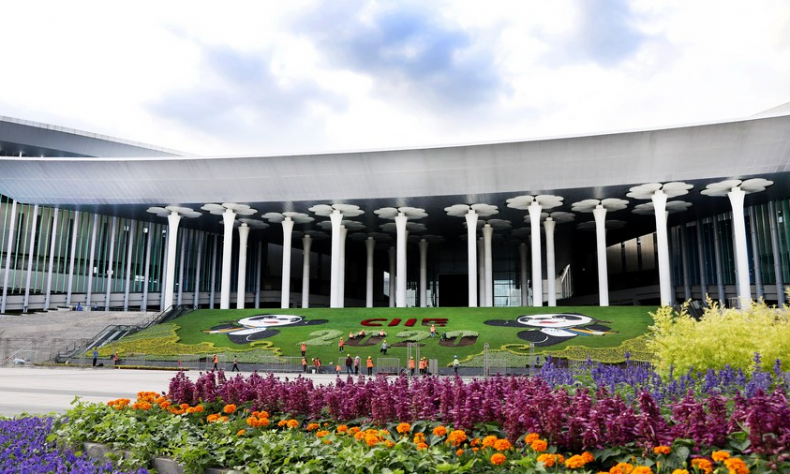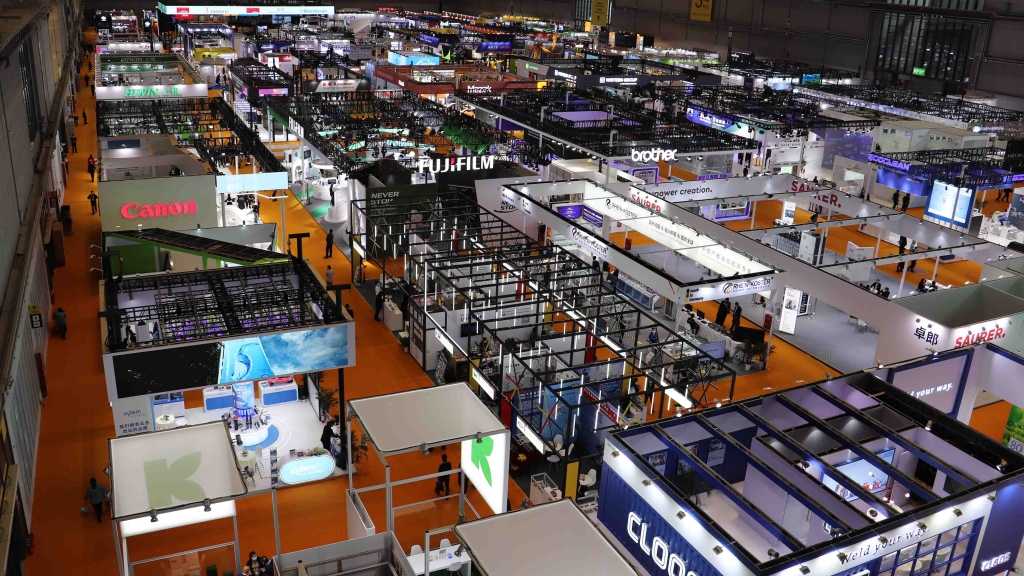The CIIE Reveals Opening-up Determination and Brings the World Economy Confidence

Now the CIIE has become a significant move to facilitate countries and regions all over the world to strengthen economic and trade cooperation with the world’s second-largest economy.
Since China and its people have achieved great triumph against the COVID-19 pandemic, now it is welcoming visitors from all over the world to the third China International Import Expo (CIIE) under the theme of “New Era, Shared Future” from November 5 to 10 at the National Exhibition and Convention Center in Shanghai, to give firm support to trade liberalization and economic globalization and actively open its lucrative market to the world.
Before the opening of the third CIIE, the National Bureau of Statistics of China announced the latest economic indicators on October 19, including GDP growth, industry, consumption, and investment. Based on the other latest disclosed indicators such as PMI, electricity generation and consumption, prices, imports and exports, and finance, it is safe to say that China’s economy is showing a strong recovery trend. The National Bureau of Statistics of China announced that the total retail sales of consumer goods in China in August was 3,357 billion yuan, with a year-on-year increase of 0.5 percent, marking the first positive growth this year. In September, this data continued the growth momentum of the previous month, demonstrating the strong consumer confidence and development potential of Chinese society.
As macro-economists and Chinese economic policy experts assert, China’s macro economy will continue to follow a “V”-shape rebound in the last quarter of 2020. Facing the complicated domestic and foreign environments, China’s economy has continued to recover steadily, and the vitality of development momentum has further increased.
The third CIIE opened at the backdrop of a worldwide economic recession ever seen since the Great Depression of the 1930’s. The global economy has plunged into a severe depression due to the COVID-19 pandemic; and the world market also suffered a lot from the backlash against the growing globalization trend. Now the CIIE has become a significant move to facilitate countries and regions all over the world to strengthen economic and trade cooperation with the world’s second-largest economy at a time when the existing global trade order is increasingly coming under strain due to US unilateral and protectionist economic policy.
“This year’s CIIE is convened at a special time. COVID-19, which caught us all by surprise, has hit countries hard and dealt a heavy blow to the world economy. As scheduled and confident in the containment protocols that have been put in place, China is hosting this global trade event. It demonstrates China’s sincere desire to share its market opportunities with the world and contribute to global economic recovery.” Chinese President Xi Jinping said in his keynote speech at the opening ceremony of the CIIE on the evening of November 4.
This year, the third CIIE will follow its traditional spirit with the current theme. According to the epidemic prevention and control requirements, the number of people inside the Expo should not exceed 30 percent of the maximum capacity. Despite the limited number of visitors, the exhibition has not shrunk, with nearly 30,000 square meters more than last year. The exhibition employs the mode of “combination of online and offline” to enable global enterprises to realize “screen-to-screen” communication through cloud storage.
President Xi Jinping, who personally planned the CIIE, once stated that the China International Import Expo should not only continue year after year, but also be held at a level that is effective and become better and better. Xi’s address at the opening ceremony of the third CIIE is likely to present new vista for all participating countries to enhance pragmatic cooperation with a more open China in its long march of building of an open global economy with shared interest. As China often emphasized, the spirit of multilateralism and cooperation encouraged by CIIE has underpinned international peace and prosperity since the end of World War II. And during the past 41 years, China has pursued its “economic reform and opening-up policy” and hence emerged as a driving force of multilateral global trade system to promote the global market by playing the role of first engine of world economic development. Therefore, it is widely admitted that the CIIE has shown China’s renewed determination to rules-based global trade while providing greater market access to foreign firms amid the rise of unilateralism and protectionism.
Just a few days before the CIIE, the fifth Plenary Session of the 19th CPC Central Committee concluded, in which, the 14th Five-Year Plan (2021-2025) adopted by the Plenum specifically proposed to “increase the import of high-quality products” and “give full play to the role of important exhibition platforms such as the China International Import Expo”.
One of the biggest concerns of the world was China’s proposal to build a new pattern of development – “dual circulation”, in which the domestic cycle plays a dominant role while both domestic and international cycles reinforce each other.
“Answering to the changing circumstances and new requirements, we have set out to foster a new development paradigm with domestic circulation as the mainstay and domestic and international circulations reinforcing each other,” Xi said in his keynote speech.
“What we envision is not a development loop behind closed doors, but more open domestic and international circulations. We will do so not only to meet China’s own development needs but also for the greater benefit of people in all countries,” Xi stressed.
Xi’s words have met with loud applause because the spirits and trends revealed by the CIIE this year have shown the bright future of Chinese economy and offered the world confidence and clear goals.
Wang Peng is a research fellow at Centre for Chinese Foreign Strategy Studies, School of International Studies, Renmin University of China.
 Facebook
Facebook
 Twitter
Twitter
 Linkedin
Linkedin
 Google +
Google +











